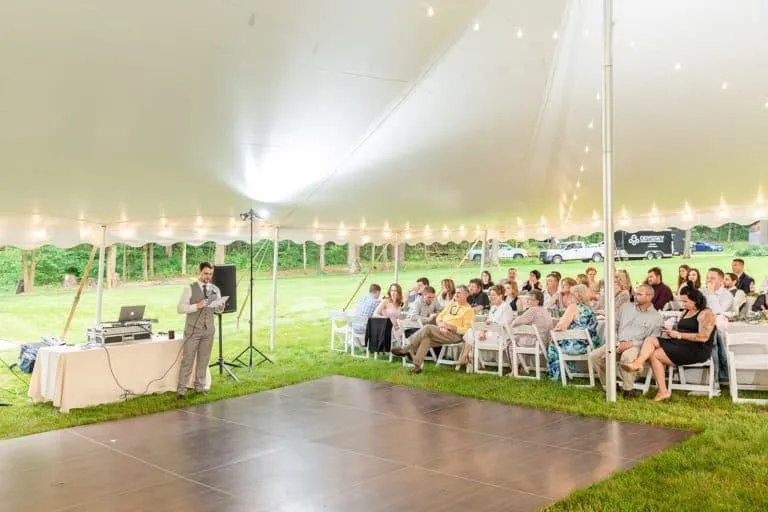Exploring the Versatile Materials That Convert Performance Floors into Breathtaking Visual Experiences
Exploring the Versatile Materials That Convert Performance Floors into Breathtaking Visual Experiences
Blog Article
Movement surfaces have developed significantly over the decades, transforming increasingly than just a space to dance to music. Currently, they are transformed into breathtaking aesthetic encounters through the use of multiple materials and technologies. These materials not only improve the visual attractiveness of the area but also improve the complete encounter for performers and audiences alike. Understanding the versatile substances that add to these dynamic settings can offer understanding into the art of dance floor creation.
One of the most common substances used in contemporary dance floors is light-emitting diode illumination. LED lamps are energy-efficient and can generate a broad range of hues and impacts. They can be integrated in the floor directly or used as part of a illumination system above the dance floor. This innovation allows for synchronized light shows that can alter in reaction to the melodies, creating an immersive experience. The ability to program these lights means that they can be tailored to fit different concepts or atmospheres, making each event unique.
Another crucial material is mirror-like materials, such as mirrors or shiny tiles. These surfaces can create an deception of space and dimension, making the dance floor appear larger than it actually is. When dancers move, their images can add an extra layer of aesthetic interest, enhancing the complete performance. Additionally, mirror-like surfaces can engage with lighting impacts, amplifying the colors and designs displayed on the floor. This fusion of light and reflection can enthrall audiences and elevate the vitality of the occasion.
In furthermore to illumination and mirror-like substances, the use of digital screens has grown progressively popular in dance floor design. These screens can show vibrant visuals, graphics, or even real-time feeds of the performance. By incorporating electronic technology, occasion organizers can create a multi-sensory encounter that involves both the dancers and the audience. The capability to change visuals in actual helpful resources time allows for a fluid atmosphere that can adjust to the beat and energy of the melodies, making each instance feel fresh and exciting.
Additionally, the selection of flooring substance itself plays a key role in the complete experience. Classic wooden dance floors are still preferred for their durability and functional qualities. However, newer materials like vinyl and elastic are becoming popularity due to their versatility and simplicity of maintenance. These materials can provide superior shock absorption, minimizing the risk of harm for dancers. Additionally, they can be crafted with multiple patterns and hues, allowing for creative representation in the dance floor's look.
In conclusion, the transformation of dance floors into stunning visual encounters relies on a mix of innovative materials and techniques. Light-emitting diode illumination, mirror-like surfaces, digital screens, and customized flooring substances all contribute to creating an engaging environment for dancers and spectators. As innovation continues to advance, the possibilities for improving dance floor design will only expand, making upcoming occasions even more enthralling and unforgettable. Understanding these materials helps value the artistry involved in creating environments where dance and music come together in unison.